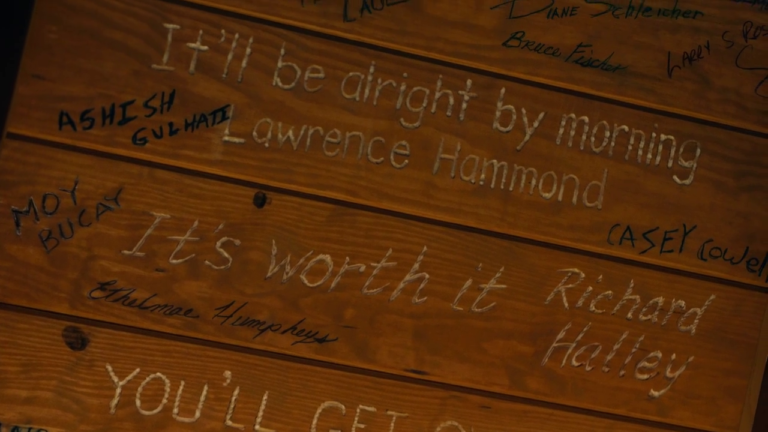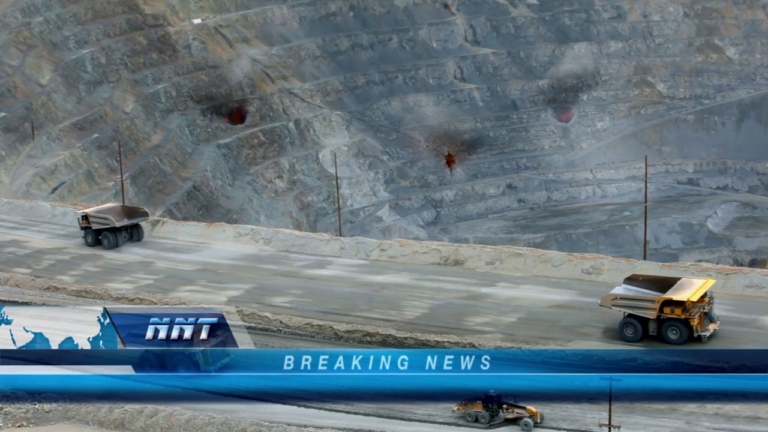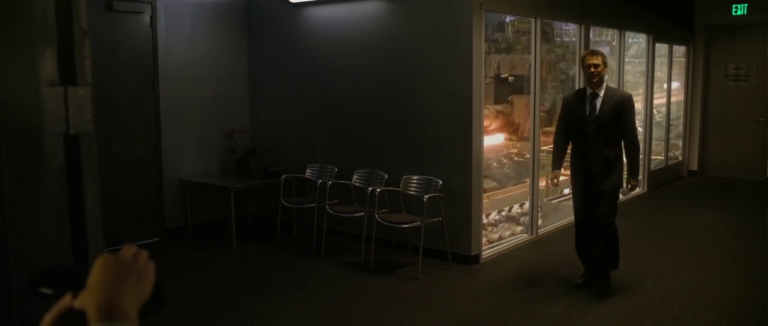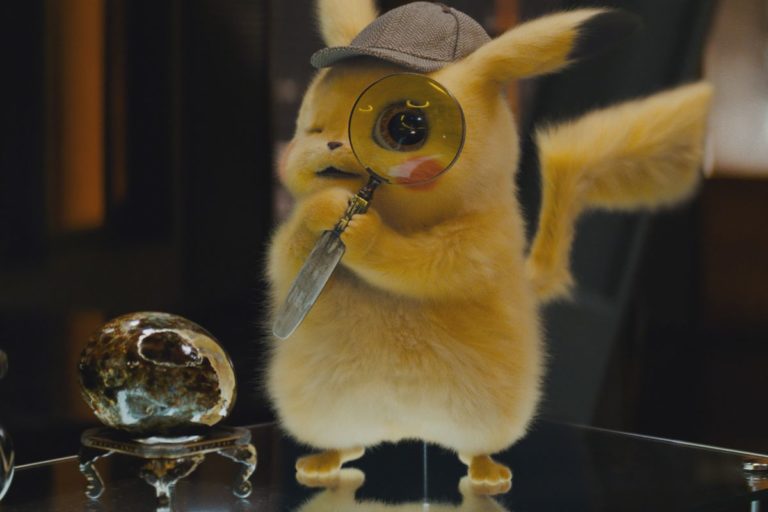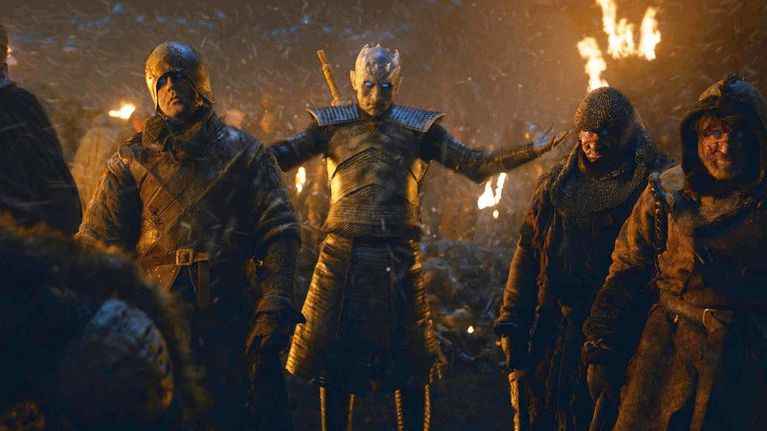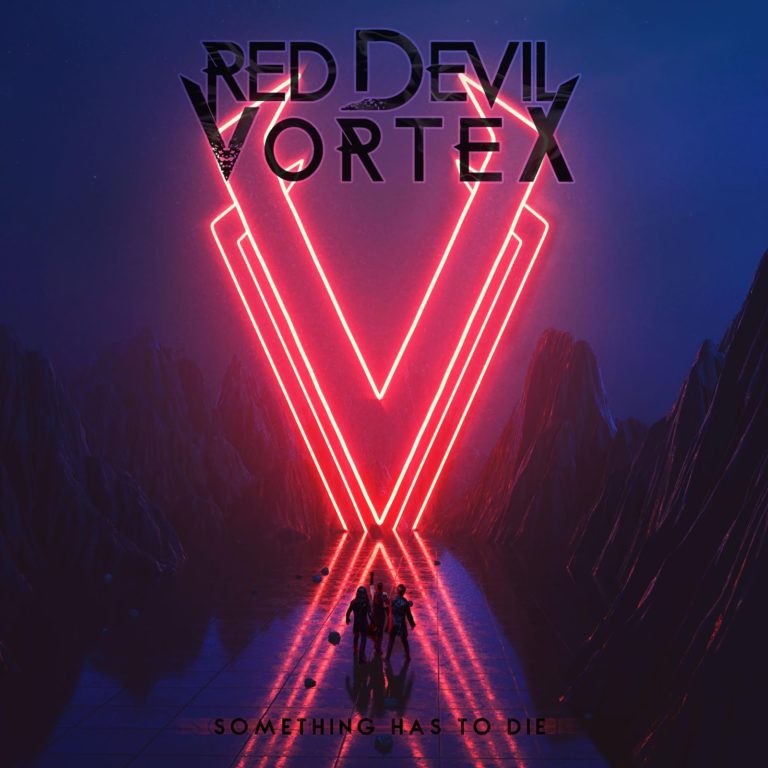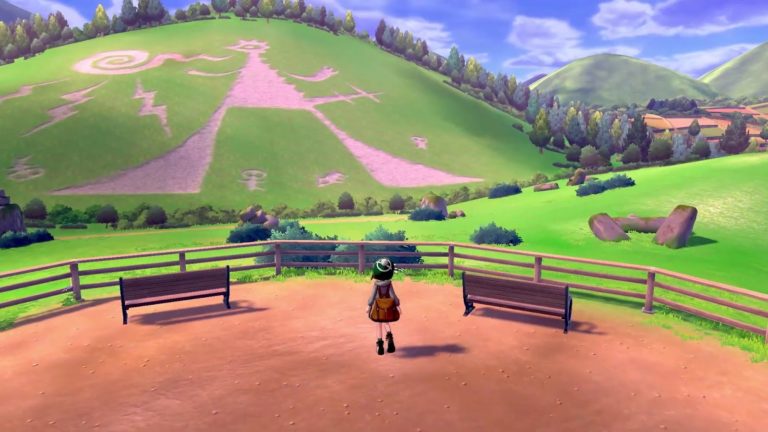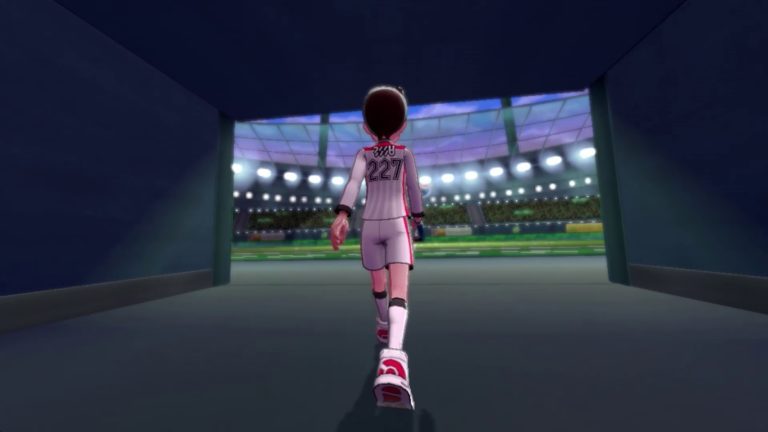Welcome back to the Atlas Shrugged retrospective! Today we’ll be looking at the third and (mercifully) final...
Barloq
Writer, blogger, father. Blogging since 2012, writing my whole life. Was blessed by the chupacabra and the guardian shepherd.
Welcome back to part two of the Atlas Shrugged retrospective! In today’s post we’re going to be looking...
Hey it’s the 4th of July people, so what better way to celebrate than with a retrospectives...
Hey guys, I saw Pokemon: Detective Pikachu a day before its wide release and did up a video review...
Last week Game of Thrones fans were finally treated to the battle which the series had been building...
I love to follow my favourite bands on Twitter and Instagram, it’s such a convenient way for...
Love The Games – The PS4 has been a massive success and that mainly comes down to...
Love Amazing Hardware – The hardware of the PS Vita is, simply put, fantastic. In fact, I’d...
Love Trophies – Probably my favourite innovation that the PS3 brought was the advent of trophies (which,...
Love Great Hardware – The PSP was a really great little handheld. It was very well-designed, felt...
Love Built-in DVD Player – Having a CD player in the PS1 was a nice convenience, but...
Hey, it’s time for another Love/Hate series! This time we’re going to be going through each of...
Welcome back! As promised, I have a number of speculations based on the announcement trailer for Pokemon...
The tonal whiplash is real: I just got off of a pretty dire warning about isolationism and...
